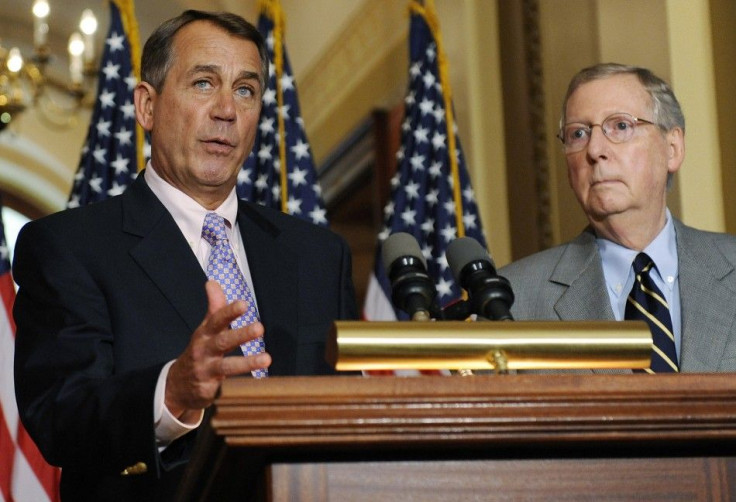Budget Cuts Too Paltry to Sufficiently Reduce Deficit

Tom Sowanick is Co-President and Chief Investment Officer of Omnivest Group, Princeton, N.J.
After weeks of political posturing between Democrats and Republicans, the best that they could come up with was a partial raise of the debt ceiling of $1.2 trillion with $1 trillion cut in spending over 10 years and the creation of a bi-partisan committee to recommend another $1.5 trillion in additional cuts by Thanksgiving.
If Congress doesn’t enact the recommended budget cuts, then automatic spending cuts will take place. The increase in the debt ceiling is only half of what President Obama was asking for and will therefore create another round of default trauma when the next debt ceiling is reached. Investors will react to a partial debt ceiling with a sigh of relief, almost assuredly pushing risk assets higher over the near term.
The $1 trillion in budget cuts over 10 years will likely not be sufficient to halt the US from being downgraded by the rating agencies. These paltry budget cuts will not reduce our deficits enough in a now-stagnant economic environment. The result will once again cause investors to question the need for additional economic stimulus measures in the near term.
Also, tax cuts were not part of the proposed package and therefore the desire by Democrats to raise additional revenues will remain a distant wish. In summary, while outright default appears to have been avoided, the can has clearly been once again kicked further down the road. Recent sluggish performance of the economy has increased the probability that the Federal Reserve will need to engage in another round of quantitative easing.
© Copyright IBTimes 2024. All rights reserved.





















